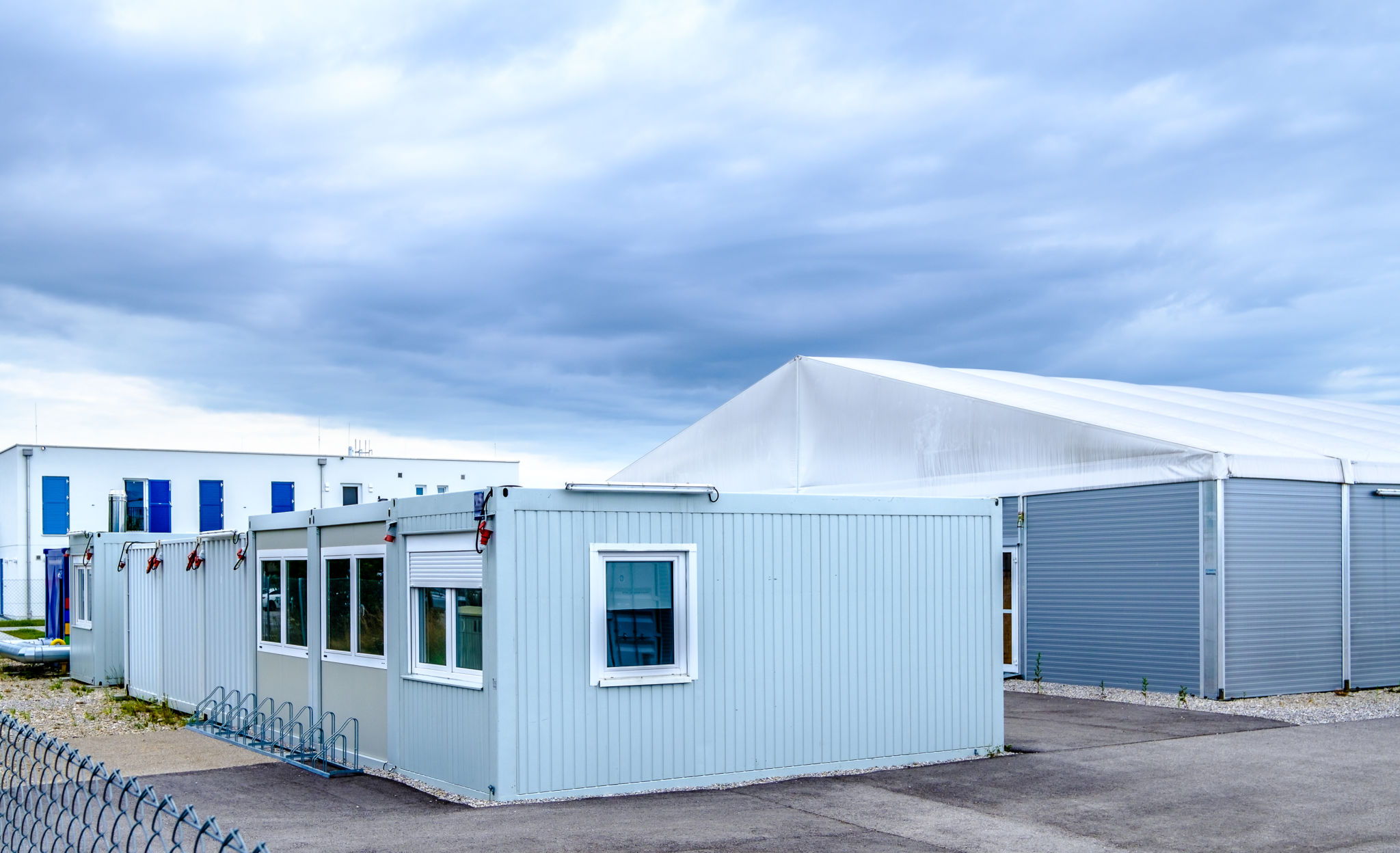Expert Tips for Designing a Functional Shipping Container Home Layout
Understanding the Basics of Shipping Container Homes
Shipping container homes have surged in popularity due to their affordability, durability, and eco-friendly nature. They offer a unique way to build a home with a modern twist. However, designing a functional layout requires careful planning and consideration of various factors, including the size and shape of the containers, insulation, and structural modifications.
When beginning your design process, it's important to understand the dimensions of standard shipping containers. Typically, they come in 20-foot or 40-foot lengths, with heights of 8.5 to 9.5 feet. This knowledge is crucial as it influences how you can arrange your space effectively.

Prioritizing Functional Space Planning
One of the most critical aspects of designing a container home is ensuring that every inch of space is utilized effectively. Start by listing your essential needs and how you plan to use each area. Consider open-plan designs that allow for a seamless flow between spaces, which can make the compact environment feel larger and more inviting.
Think about vertical space, too. High ceilings or loft spaces can add significant room for storage or additional living areas. Using multifunctional furniture is another excellent strategy for maximizing space efficiency in your container home.
Incorporating Natural Light and Ventilation
Shipping containers are made of steel, which can heat up quickly, making natural ventilation and lighting crucial elements in your design. Strategically placed windows and skylights can enhance natural light and airflow, reducing reliance on artificial lighting and air conditioning.

Consider using sliding glass doors or large windows to connect indoor spaces with the outdoors. Not only does this provide more light, but it also expands your living area visually, creating a sense of openness and harmony with nature.
Optimizing Insulation and Temperature Control
Insulating your container home is essential to ensure comfort regardless of the season. Due to the metal structure, containers can be prone to condensation and temperature fluctuations. High-quality insulation materials such as spray foam, blanket insulation, or insulated panels are vital for maintaining a stable internal environment.
Additionally, think about incorporating sustainable energy solutions like solar panels or green roofs. These not only improve energy efficiency but also contribute to an eco-friendly lifestyle.

Embracing Creative Layout Solutions
Don't be afraid to think outside the box when designing your container home layout. Consider innovative solutions such as modular designs or movable walls that allow flexibility in how spaces are used over time. Creative layouts can help accommodate changing needs and make the most of limited square footage.
Incorporating unique architectural features like mezzanines or spiral staircases can also add character and functionality to your home. Remember that the goal is to create a space that reflects your personality while remaining practical and efficient.
